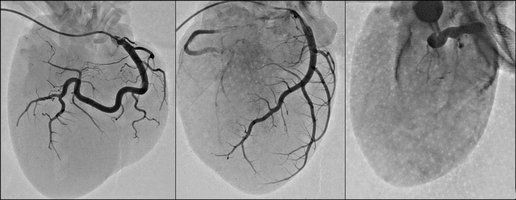-
Home
-
About JCTR
-
Gold Open Access
-
Issues
-
Editorial board
-
Author guidelines
-
Publication fees
-
Online first
-
Special issues
-
News
-
Publication ethics
-
Partners
-
Submit your manuscript
-
Submit your review report
-
Editorial Office
-

This work is licensed under a Creative Commons Attribution-NonCommercial 4.0 International License. ISSN print: 2382-6533 ISSN online: 2424-810X
Volume 3 Issue 2
Acellular porcine heart matrices: whole organ decellularization with 3D-bioscaffold & vascular preservation
Alice S. Ferng, Alana M. Connell, Katherine M. Marsh, Ning Qu, Annalisa O. Medina, Naing Bajaj, Daniel Palomares, Jessika Iwanski, Phat L. Tran, Kapil Lotun, Kitsie Johnson, Zain Khalpey
Ferng et al., J Clin Transl Res 2017; 3(2): 1
Published online: March 15, 2017
Abstract
Regenerative medicine, particularly decellularization-recellularization methods via whole-organ tissue engineering, has been increasingly studied due to the growing donor organ shortage. Though numerous decellularization protocols exist, the ideal decellularization protocol for optimal recellularization is unclear. This study was performed to optimize existing heart decellularization protocols and compare current methods using the detergents SDS (sodium dodecyl sulfate), Triton X-100, OGP (octyl β-D-glucopyranoside), and CHAPS (3-[(3-cholamidopropyl) dimethylammonio]-1-propanesulfonate) through retrograde aortic perfusion via aortic cannulation of a whole porcine heart. The goal of decellularization is to preserve extracellular matrix integrity and architecture, which was analyzed in this study through histology, microscopy, DNA analysis, hydroxyproline content analysis, materials analysis and angiography. Effective decellularization was determined by analyzing the tissue organization, geometry, and biological properties of the resultant extracellular matrix scaffold. Using these parameters, optimal decellularization was achieved between 90 and 120 mmHg pressure with 3% SDS as a detergent.

DOI: http://dx.doi.org/10.18053/jctres.03.201702.001
Author affiliation
1 Department of Surgery, Division of Cardiothoracic Surgery, University of Arizona College of Medicine, Tucson, Arizona, United States
2 Department of Physiological Sciences, University of Arizona College of Medicine, Tucson, Arizona, United States
3 Department of Biomedical Engineering, University of Arizona College of Medicine, Tucson, Arizona, United States
4 University of Arizona College of Medicine, Tucson, Arizona, United States
5 University of Arizona College of Medicine, Department of Internal Medicine, Division of Cardiology, Tucson, Arizona, United States
6 Banner, University Medical Center, Tucson, Arizona, United States
*Corresponding author:
Zain Khalpey
1656 E. Mabel Street Medical Research Building Khalpey Lab, Room 126 Tucson, AZ 85724, United States
Email: zkhalpey@email.arizona.edu
Handling editor:
Bote Bruinsma
Center for Engineering in Medicine, Massachusetts General Hospital, Harvard Medical School, Boston, United States
Department of Surgery, Academic Medical Center, University of Amsterdam, Amsterdam, the Netherlands

